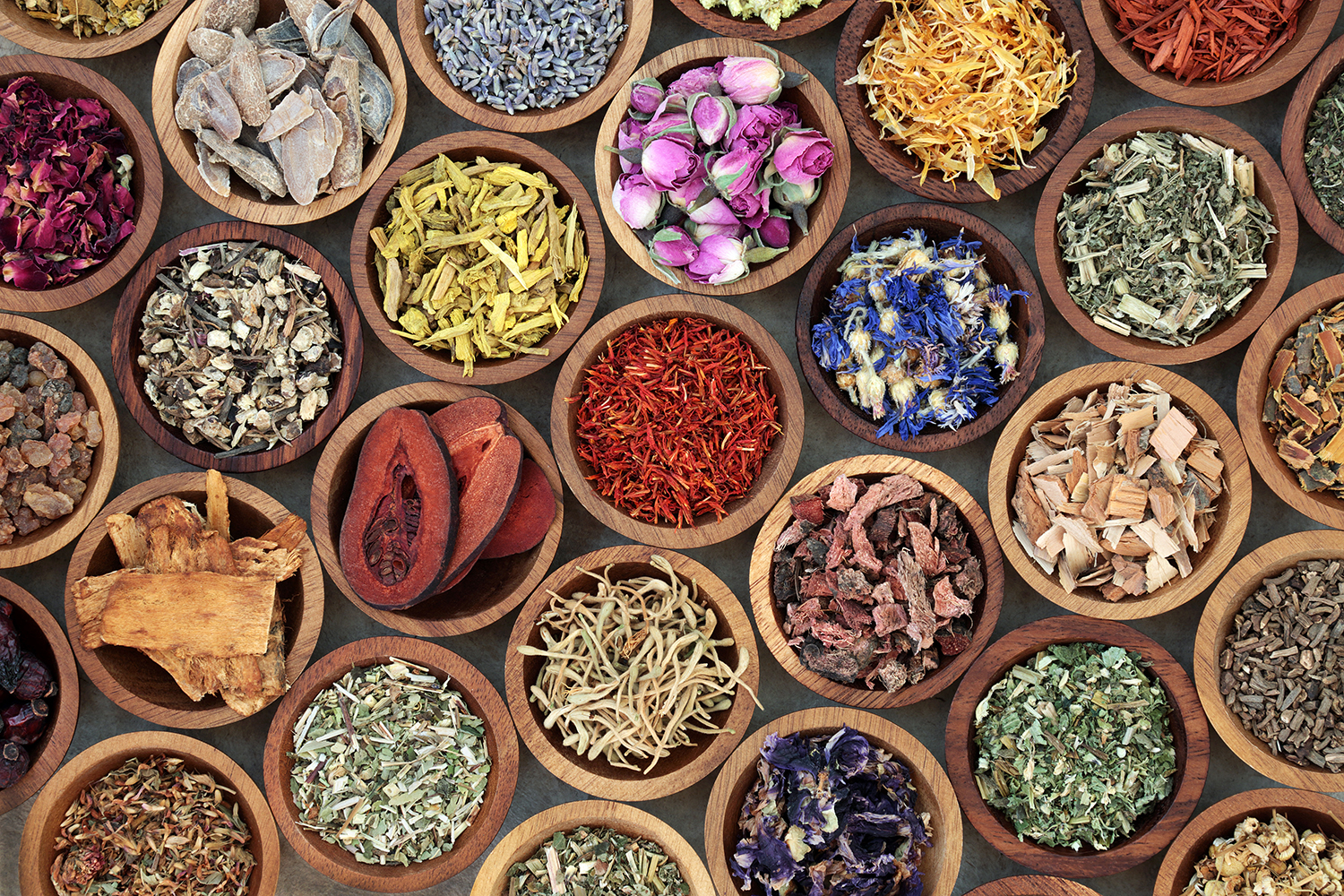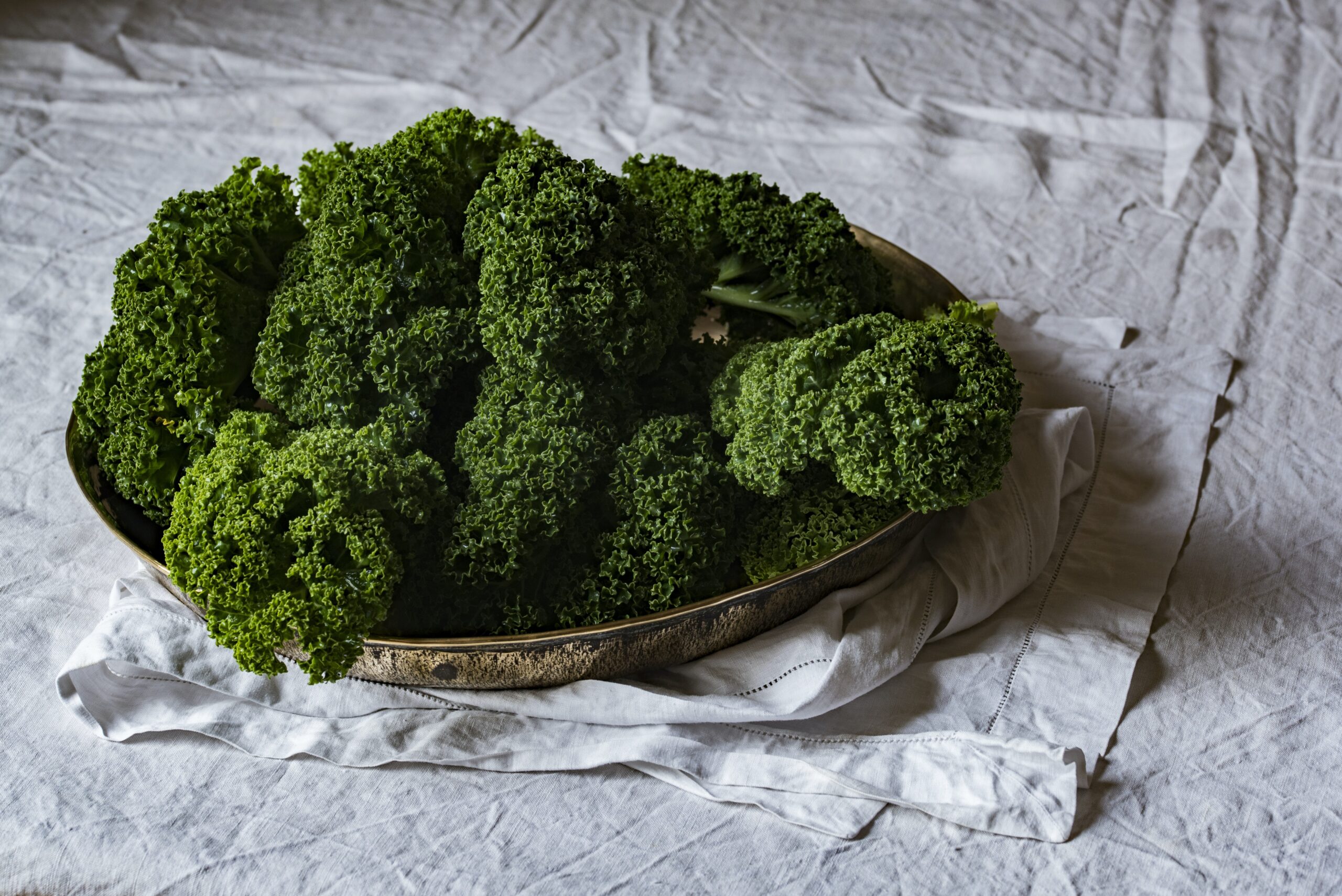Do you have ongoing health problems that a doctor can’t seem to resolve? Or maybe you’ve had health issues for so long you’ve forgotten what symptom-free feels like.
According to Ayurveda – India’s holistic healing system dating back over 5,000 years – this is not how you should be living. Instead, taking a whole mind-body approach will give you a better understanding of how to heal yourself.
What is Ayurveda?
Simply put, Ayurveda is composed of two Sanskrit words – ayur (‘life’), and veda (‘knowledge of science’). Together, they mean ‘the science of life’.
Ayurveda predates all other healing therapies and natural medicines. It teaches us how to live in tune with nature and elevate ourselves into higher realms of happiness.
Dr Ajit, Founder of the Australasian Institute of Ayurvedic Studies and Planet Ayurveda says Ayurveda is the science of helping people to understand how to live a balanced life at every level – from the physical to the mental and emotional.
Ayurveda takes a different approach from modern medicine, where most of us only see the doctor if we have an issue, as it focuses on preventive medicine, providing the tools to find and stay in balance. Dr Ajit says Ayurveda helps people understand the root cause of their problem, allowing them greater self-knowledge.
The philosophy of Ayurveda is centred around three primary energies, known as doshas. The three doshas – vatta, pitta and kapha – regulate every physiological and psychological characteristic, from circulation to digestion, and beyond. Finding a balance between the three doshas is key to keeping our body in harmony. We experience problems when they are out of balance.
So, how do we keep the three doshas in balance? First, you need to understand your own body makeup. Each individual has their own unique constitution (or prakruti), which is given to us at birth (or conception, according to some texts). Throughout life, we accumulate toxins in the body which cause a doshic imbalance, taking us away from our unique, ideal constitution.
Many factors can affect our constitution, including emotional state, diet, the season and weather, and our relationships. Once we understand that these factors can cause a constitutional imbalance, we can learn how to change them.
Understanding the doshas
Vatta, pitta and kapha doshas all have different qualities. Let’s take a look at each.
Vatta
Vatta represents momentum and is responsible for all bodily activities and sensations. It controls the circulation of blood, breathing, the delivery of nutrients to cells and the removal of waste products.
In balance, it promotes flexibility and creativity; out of balance, it produces fear and anxiety.
Pitta
Pitta represents metabolism. It governs digestion and the metabolic transformation of nutrients into biologically usable forms. It also imparts the capacity to absorb ideas and impressions and bestows intelligence and an enthusiasm for life.
In balance, it promotes understanding and intelligence; out of balance, it produces anger, hate and jealousy.
Kapha
Kapha provides substance and support, giving physical and psychological stability. It enhances resistance to disease and promotes healing.
In balance, it promotes love, calmness and forgiveness; out of balance, it produces attachment, greed and envy.

Finding balance through Ayurvedic retreats
There are some fantastic Ayurvedic retreats around NZ if you want to dive deeper into learning about your dosha and thriving within the laws of nature.
Celine Wallace of Sattva Soul Retreats and Sattva Soul Supplements – ‘Sattva’ meaning ‘balance’ in Sanskrit – has created a series of Ayurvedic wellness retreats and organic Ayurvedic supplements that support women to thrive within cyclical living and understanding their dosha.
Wallace began her health journey as a result of burnout. After western medicine failed to offer a whole-body healing system, she went on a healing journey to the Himalayas and Sri Lanka, studying as an Ayurvedic practitioner and yoga therapist.
‘’My mission is to help women balance their nervous systems and live within the laws of nature before they have a rock-bottom moment. It’s so important that in our hectic modern society, we can intuitively know how to support our bodies from a mental, physical and spiritual body perspective, which will prevent them from illness and burnout altogether,’’ she says.
Jessemey Bank of JASANA, a wellbeing and lifestyle brand that offers retreats throughout New Zealand, recently hosted an Ayurvedic retreat in Hawke’s Bay.
For Bank, Ayurveda is a beautiful source of truth and wisdom that helps her connect with herself and the elements. It lets her check in daily with her body, feelings and environment and achieve balance.
She says our body and mind continually change based on the foods we eat, the seasons, the people we surround ourselves with, our work life and much more. Ayurveda is a powerful tool to help us heal and stay in a constant flow of balance and awareness.
“The thing I find the most powerful about this practice is that you can heal yourself from the inside out and help prevent any disease from entering the body. We use Ayurveda as a precaution, so the body and mind are always strong and in tune, as whatever is happening on the outside is a direct representation of what is happening on the inside.”
Bank says her intention for the retreat was to host a beautiful group of people for four days of utter relaxation, restoration and inner nourishment.
Guests woke each morning to gentle yoga and breathwork, followed by a nourishing breakfast. After this, they took part in a nature walk and ate a warming and healing lunch. Afternoons involved wellness talks by the fire, sipping turmeric lattes and discussing daily rituals, doshas, seasonal foods and any questions that arose. Days ended with a yin or restorative yoga class, followed by communal gatherings to connect and share experience.
So, why an Ayurvedic retreat?
I asked Wallace and Bank why a retreat setting is perfect for integrating Ayurveda into your life.
Wallace says that when you are removed from daily life, with no kids or work to worry about, you can fully receive what is being offered to you, which is an opportunity to live a higher-quality life. Reflecting in a retreat setting allows these ideas to sink in, in a supported environment.
Bank says people can expect to learn what Ayurveda is all about and how they can bring it into their daily lives. For her, the most important aspect is allowing people to get a general feel for yoga and wellness and see results in their body and mind.
She adds that when you’re on a retreat, you have the time to really tune in and be present, without distractions from the outside world.
“You leave a different person with a bag full of tools you can use when needed,” she says.
Yoga for your dosha
Once you understand your dosha, you can apply this knowledge to your yoga practice. Here are some simple tools from Bank on doing yoga for your dosha:
Yoga for a vatta dosha
- Wake between 5am and 6am
- Alternate nostril breathing for 5-10 minutes to awaken the mind and balance the energy
- Slowly move the body in a way that feels good
- Asanas to practise: cat/cow, downward facing dog, forward folds, child’s pose, sun salutations
- To finish, spend a peaceful 10 minutes meditating and journalling or reading
- In the evenings, unwind with yin or restorative yoga followed by yoga nidra
- Go to bed early, as vatta types need the most rest
Yoga for a pitta dosha
- Wake between 5am and 6am
- A 30-minute morning practice that allows the body to stretch and relax will create a calm state
- Asanas to practise: backbends, supine twists, sun salutations, half moon, bridge, shoulder stand, child’s pose
- To finish, spend time calmly meditating and journaling to ground yourself
- In the evenings, try a cooling meal and go for a meditative walk in the garden
- Before bed, alternate nostril breathing for 5-10 minutes and do a silent meditation
- Turn the lights out by 10pm
Yoga for a kapha dosha
- Wake at 5am and get your body moving as soon as you wake up
- Practise a fire breath to awaken the body before moving onto your asana practice
- Asanas to practise: warrior one, two and three, backbends, fast sun salutations, inversions
- In the evening, practise a humming breath before bed to soothe the body and aid with sound sleep
- Kapha doshas need less rest than other doshas, but they probably love it the most
Daily rituals
Daily rituals, also known as dinacharya, are vital in Ayurveda to bring your body into harmony. Here are a few simple tools to incorporate into your day:
Align with the sun
Follow the notion of early to bed, early to rise. When we align with nature, we can bring more harmony to our being. Bank says it’s best for all doshas to set the alarm clock for the same time each morning and then go to bed at the same time each evening. This creates a sense of routine and helps your nervous system adjust, providing a sense of deep balance and peace.
Tongue scraping
Upon rising, scrape your tongue using a copper tongue scraper. This helps eliminate toxins in the body that have accumulated overnight.
Abhyanga ‘full body massage’
Ayurvedic practitioner Jes Chev says this is the most important part of your daily routine. Massaging an oil blended with medicated herbs all over your body strengthens the skin, stimulates blood circulation and lymph, calms the nervous system, eliminates toxins and improves your overall wellbeing and longevity.
Eat according to the season
Eating with the seasons further aligns you with nature. So next time you’re shopping for local veg (opt for farmers markets or small grocery stores if you can), notice what’s on offer. In summer you may feel like more light, cooling foods and in winter your body is restoring itself and needs easier to digest, warm, cooked foods.
An Ayurvedic approach to cooking
Food consumes a large portion of our day and mental capacity and Chev, who is based in Australia, says food plays a vital role in Ayurveda. Not only does it absorb and carry nutrients to our tissues (dhatus) and channels, it can be used as medicine to heal the body.
Chev says the mind and body are connected by the six tastes (rasa). Everything you eat influences these tastes, which are how the body communicates with the mind. For this reason, it’s important to make these tastes as coherent as possible.
If you’ve heard of Ayurveda before, you’ve probably heard of agni – which is essentially your digestive fire. Agni is governed by pitta and the fire element, which is responsible for the conversion of food, body temperature, longevity, courage and strength, and is what keeps the doshas in balance. When agni is affected by the doshas, it produces less nourishment and more ama (undigested food or toxins in the body).
To strengthen your agni, only eat when you’re hungry, eat when the previous meal has been digested, eat three meals a day (limit snacking), don’t eat on the run, and eat in a peaceful environment. Chev also suggests favouring warm, cooked foods, sipping hot water frequently throughout the day, eating seasonally and eating a diverse range of plant-based foods.
You’re now ready to make your first forays into the world of Ayurvedic medicine! Good luck on your journey and here’s some parting wisdom: “When diet is wrong, medicine is of no use; when diet is correct, medicine is of no need” – Ayurvedic proverb.





